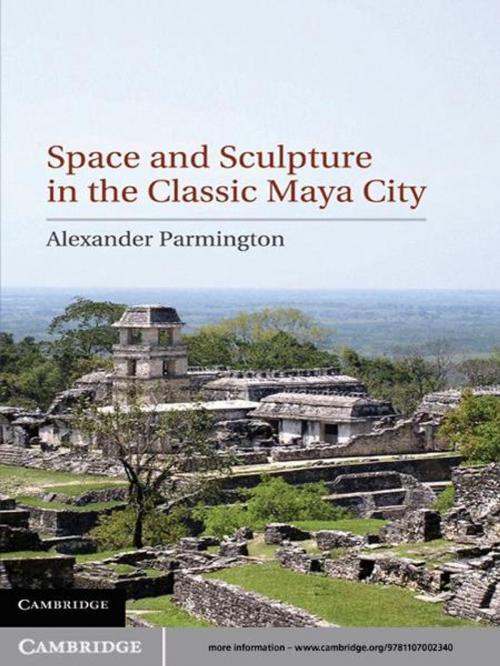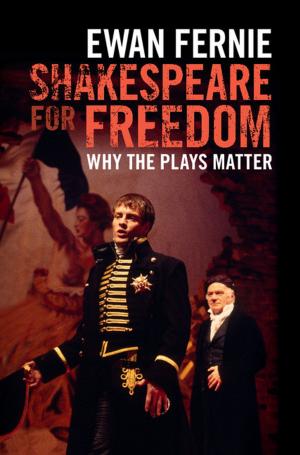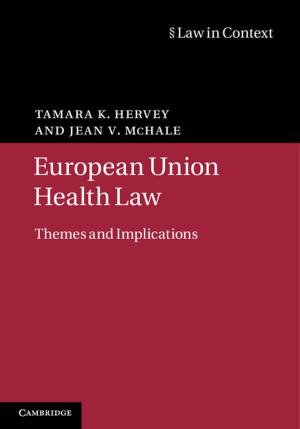Space and Sculpture in the Classic Maya City
Nonfiction, Social & Cultural Studies, Social Science, Archaeology, Art & Architecture, General Art, History| Author: | Alexander Parmington | ISBN: | 9781139140089 |
| Publisher: | Cambridge University Press | Publication: | March 31, 2011 |
| Imprint: | Cambridge University Press | Language: | English |
| Author: | Alexander Parmington |
| ISBN: | 9781139140089 |
| Publisher: | Cambridge University Press |
| Publication: | March 31, 2011 |
| Imprint: | Cambridge University Press |
| Language: | English |
In this book, Alexander Parmington examines how images, texts and architectural form controlled and channelled movement of particular sets of people through various precincts in Classic Maya cities. Using Palenque as a case study, this book analyses specific building groups and corresponding sculptures to provide insight into the hierarchical distribution and use of ritual and administrative space in temple and palace architecture. Identifying which spaces were the most accessible and most public, and which spaces were segregated and highly private, Dr Parmington demonstrates how sculptural, iconographic and hieroglyphic content varies considerably when found in public/common or private/elite space. Drawing on specific examples from the Classic Maya and other early civilisations, he demonstrates that by examining the intent in the distribution of architecture and art, the variation and function of the artistic themes represented in sculpture and other monumental works of art can be better understood.
In this book, Alexander Parmington examines how images, texts and architectural form controlled and channelled movement of particular sets of people through various precincts in Classic Maya cities. Using Palenque as a case study, this book analyses specific building groups and corresponding sculptures to provide insight into the hierarchical distribution and use of ritual and administrative space in temple and palace architecture. Identifying which spaces were the most accessible and most public, and which spaces were segregated and highly private, Dr Parmington demonstrates how sculptural, iconographic and hieroglyphic content varies considerably when found in public/common or private/elite space. Drawing on specific examples from the Classic Maya and other early civilisations, he demonstrates that by examining the intent in the distribution of architecture and art, the variation and function of the artistic themes represented in sculpture and other monumental works of art can be better understood.















